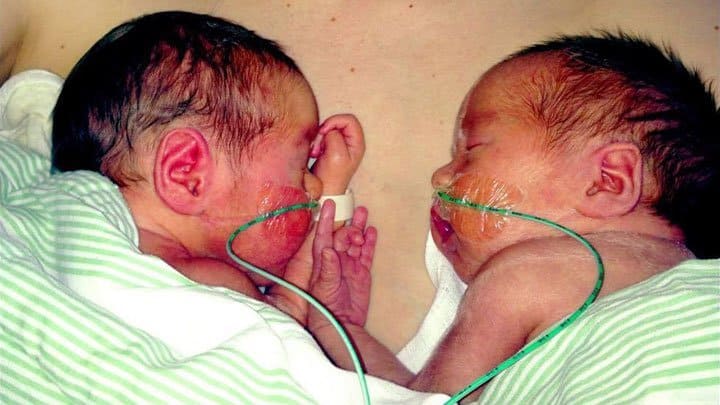Growth Restricted Twins Are Still Smaller at School Age
A group of researchers from Canada, UK and India explores the long-term effects of Intrauterine Growth Restriction in twins. Intrauterine Growth Restriction (IUGR) is a condition in which one or both twins don’t grow well in the womb. A baby with IUGR is too small compared to other twins of the same gestational age. The researchers used data from 51 monochorionic twin pairs born in the north of England. They had a birth weight discordance of more than 20 percent. The twins were assessed at a mean age of 6.3 years. Their cognitive function and ability were assessed using the British Ability Scales. The British Ability Scales comprises of different tests for assessing a child’s cognitive ability and educational achievement. At birth the twins had a mean birth weight difference of 664 grams (1lbs, 7oz) at a mean gestation of 34+7 weeks.
Mathematics and memory skills were affected
The results showed a significant positive association of within-pair birth weight differences and GCA scores. The growth restricted twins had General Conceptual Ability (GCA) scores that were three points lower than their bigger co-twins. Mathematics and memory skills showed the largest differences. Also, the growth restricted twins were still smaller at school age. The mean difference was 2.1 centimeters (0,8 inch) and 1.9 kg (4lbs, 3oz). When it comes to behavioral issues equal numbers of smaller and bigger twins were reported to have difficulties.
Longer term follow-up is required
Based on these findings, the researchers concluded that – in a monochorionic twin cohort – Intrauterine Growth Restriction results in lower neuro-cognitive scores in early childhood. Also, significant differences in size remain. The researchers suggested that longer term follow-up is required to determine whether growth or cognitive differences persist in later childhood or adulthood, and whether there are any associated longer term metabolic repercussions.













